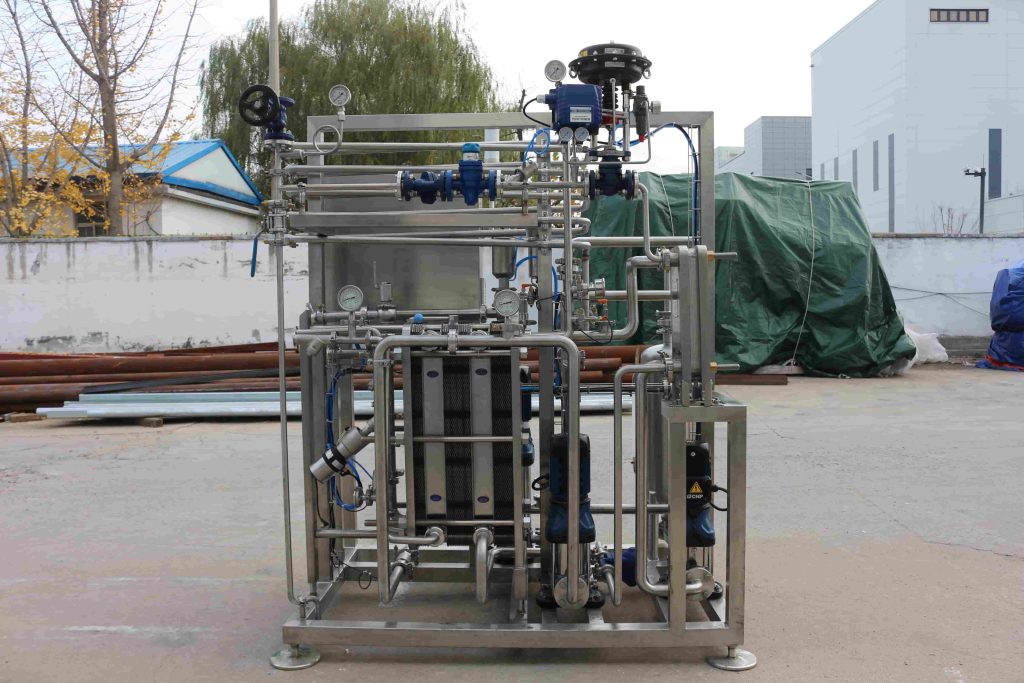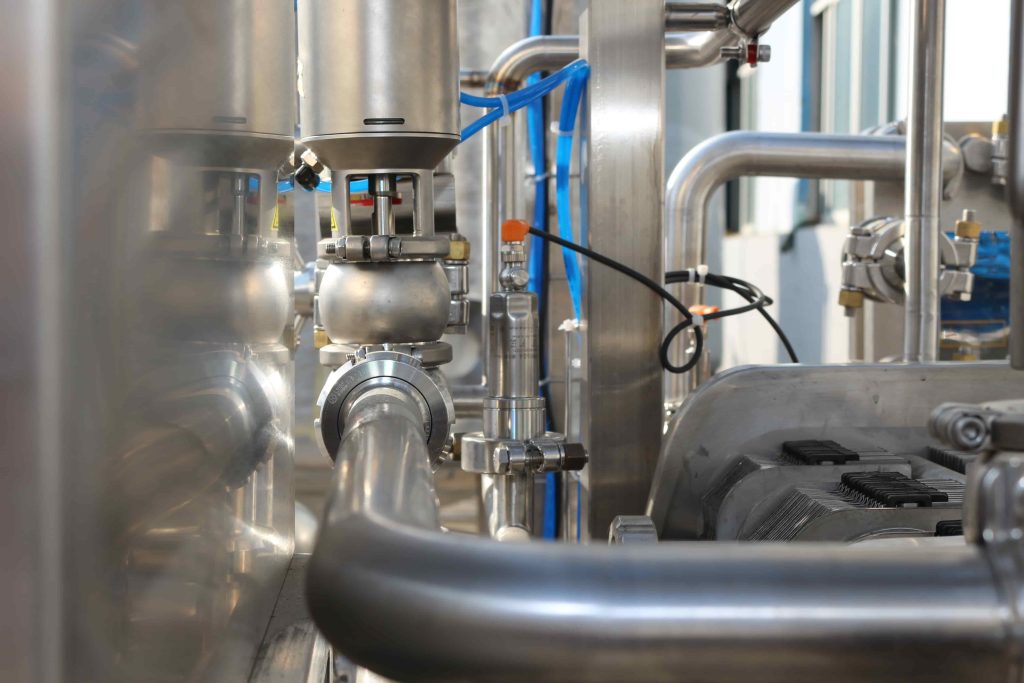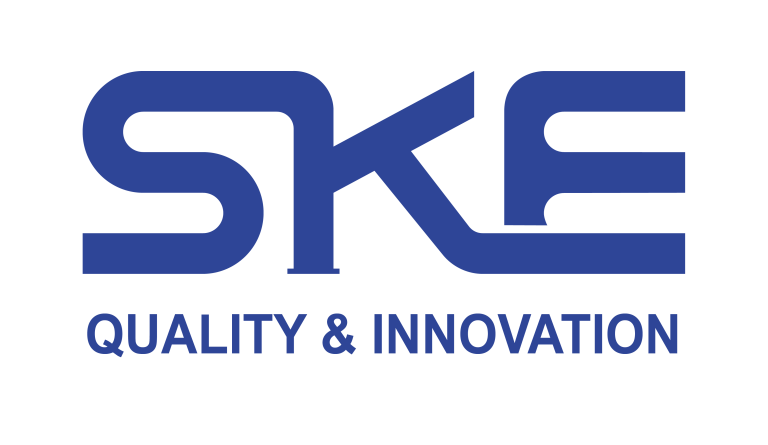Beer pasteurizer might sound like complex industrial jargon, but what if I told you it’s the secret behind that crisp pint you can enjoy weeks after bottling? Imagine a machine so precise it can zap harmful microbes in seconds, yet gentle enough to preserve every hop aroma and malt nuance. Curious how SKE Equipment’s flash pasteurizer effortlessly transforms draft‑fresh beer, juice, and milk into shelf‑stable delights? Keep reading—these 7 insider secrets will change the way you think about pasteurization forever!
What Is Flash Pasteurization?
Flash pasteurization, also known as high‑temperature short‑time (HTST) pasteurization, rapidly heats liquid products to a target temperature—typically 71.7 °C (161 °F) for beer—holds it for a brief dwell time (15–30 seconds), and then cools it immediately. This approach effectively eliminates spoilage organisms and pathogens while preserving delicate flavors and nutrients.
Core Components & Principle of a Beer Pasteurizer
A robust beer pasteurizer system consists of:
| Component | Function |
|---|---|
| Heat Exchanger | Transfers thermal energy to rapidly raise temp |
| Holding Tube | Provides precise dwell time for microbial kill |
| Cooling Section | Quickly reduces temperature to preserve flavor |
| Flow Meter & Control | Regulates pasteurization rate and ensures consistency |
| CIP Capability | Clean‑In‑Place loops for hygiene between batches |
Operating Principle:
Pre‑heating: Beer enters the heat exchanger, where hot water or steam transfers heat.
Dwell Time: The liquid travels through a precisely sized holding tube, ensuring it remains at pasteurization temperature long enough to achieve the target log reduction.
Rapid Cooling: A secondary section of the heat exchanger brings the beer back to packaging temperature, minimizing thermal degradation.
CIP & Sanitation: After each batch, built‑in CIP cycles circulate cleaning solutions to sanitize all wetted surfaces—essential for consistent performance.
SKE Equipment designs each pasteurizer with welded stainless steel, tri‑clamp fittings, and programmable controls for seamless integration into any brewery line.

Flash Pasteurization: Juice vs. Milk
Although the fundamental HTST principle remains, flash pasteurization of juice and milk presents distinct challenges:
| Factor | Flash‑Pasteurized Juice | Flash‑Pasteurized Milk |
|---|---|---|
| pH & Acidity | Lower pH can speed microbial kill | Neutral pH requires higher temp |
| Protein Content | Minimal fouling | Proteins can denature and clog membranes |
| Flavor Volatiles | Sensitive to heat; delicate aroma retention needed | Less volatile loss; focus on nutrient retention |
| Fat & Oil | Generally low | High; risk of fouling heat exchanger |
| Regulatory Limits | 5‑log reduction for pathogens | 6‑log reduction for pathogens |
For flash pasteurized juice, maintaining color and aroma is paramount, whereas flash pasteurized milk demands precise control to prevent protein denaturation. SKE Equipment offers specialized heat‑exchanger coatings and flow‑channel designs to handle each matrix effectively.
Basic Troubleshooting for Buyers of Flash Pasteurizers
When evaluating a flash pasteurizer for sale, customers should be aware of common issues and quick fixes:
| Symptom | Likely Cause | Quick Solution |
|---|---|---|
| Inconsistent Temp | Faulty sensor or calibration | Recalibrate sensors; verify control settings |
| Poor Log Reduction | Insufficient dwell time | Check holding‑tube length & flow rate |
| Clogged Exchanger | Protein or hop buildup | Increase pre‑filtration; schedule CIP |
| Pressure Drop | Valve malfunction | Inspect butterfly valves; replace seals |
| Overheating | Steam controller issues | Service steam regulator; check insulation |
Equipping SKE Equipment’s pasteurizers with remote monitoring and alarm systems ensures any deviation triggers immediate alerts, minimizing downtime and product waste.
Factors Influencing Flash Pasteurizer Pricing
When shopping for dealcoholization process or pasteurization systems, price depends on:
Capacity & Throughput: Higher flow rates require larger or multiple heat exchangers.
Material Grade: Stainless‑steel 316L costs more but offers superior corrosion resistance.
Automation Level: PLC controls, data logging, and remote access add to system cost.
CIP Integration: Built‑in sanitary loops and chemical dosing pumps increase complexity.
Specialized Coatings: Non‑stick or antimicrobial coatings for juice or milk handling raise unit price.
SKE Equipment balances affordability and performance by offering modular upgrades—allowing breweries to start with basic non alcoholic beer equipment modules and add advanced features over time.

Conclusion
Investing in a high‑quality beer pasteurizer, whether for beer, flash pasteurized juice, or flash pasteurized milk, is crucial for product safety and taste integrity. By understanding core components, operational principles, and the nuances between matrices, breweries can choose the right system—like those from SKE Equipment—that fits their needs and budget. With essential troubleshooting tips and a clear view of pricing factors, you’re now equipped to make an informed purchase and keep your pasteurizer running smoothly.
Ready to elevate your brewery’s safety and flavor with cutting‑edge flash pasteurization? Partner with SKE Equipment to unlock precision temperature control, rapid microbial kill, and unmatched taste retention—batch after batch.
👉 Request Your Custom Pasteurizer Demo: Contact SKE Equipment
📘 Download Our Flash Pasteurization Handbook: Grab Your Free Copy
Here’s to brewing brilliance—one flawless pint at a time! 🚀🍺
